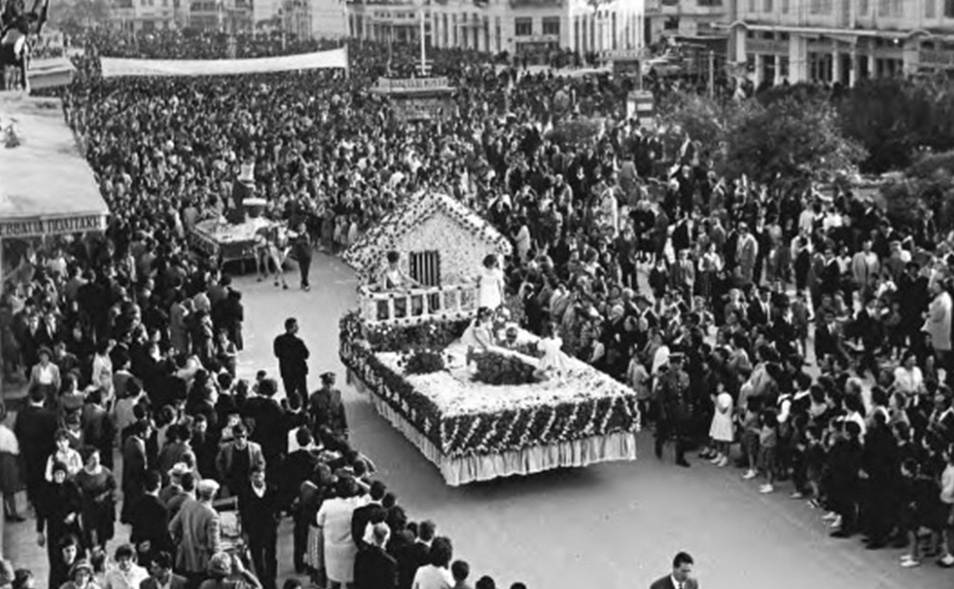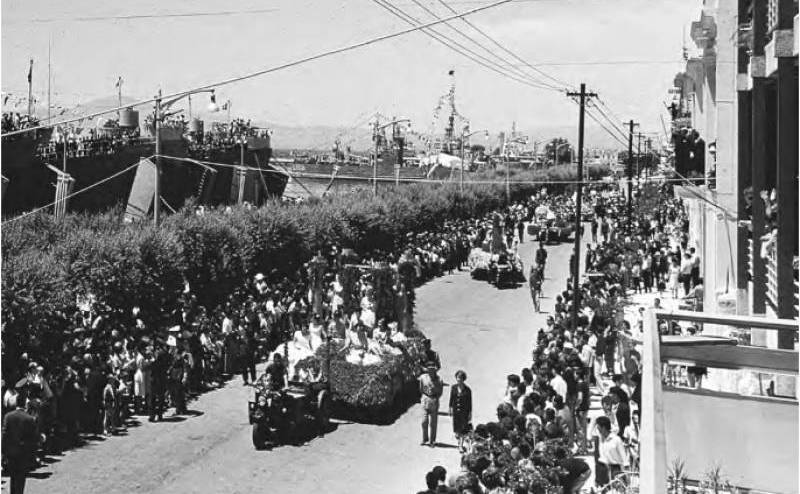"The Anthesteria Feast in Kalamata, a journey through time"
In ancient times, Anthesteria was a festival honouring Dionysus Limnaeus, the god of fertility and ecstatic drunkenness, and Chthonius Hermes. The Anthesteria was mainly celebrated in Athens from the 11th to the 13th day of the Anthesterion (the month was named after the celebration), a period which, according to our calendar, corresponds to the end of February or the beginning of March. In the Anthesteria, people celebrated the rebirth of nature for three days while recalling the souls of the dead, which returned to the city and, after the end of the celebrations, had to be pushed back to the Underworld.
The first day of the celebration was called "Pithoiia" because, then, they opened the pithos with the wine of the new harvest and offered it first to the god Dionysus in his sanctuary in Limnais in Athens (south of the Acropolis). The second day was the main one and was called "Hoes". On this day, the Athenians used a small vase (a small wine vessel) called a "hus" at the family banquet. The third day was called "Khytroi". This name comes from the clay pots in which various cereals and pulses were cooked (the ceremonial food for the souls of the dead) and then dedicated to Chthonius Hermes. Also, on this day, various measures were taken to drive away the spirits, which had ascended to the upper world on the first day of the Anthestiria with the opening of the pithos (clay pots). Typically, the sanctuaries were closed, the entrances of the houses were smeared with tar, and people chewed the well-known ramnos plant. When the evening came, they would ask the spirits to leave since the Anthesteria were complete.
The festival of the Anthesteria first appeared in Athens in 1911, thanks to the initiative of journalist and feminist Kallirrois Parren and the newly founded Lyceum of Greek Women. This movement aimed to return “to the roots” by reviving the ancient Dionysian festival. Thus, on the occasion of the reception of May Day, a celebration with traditional dances and music was organised at Zappeio Megaro. Due to the Balkan Wars (1912-1913), the events were not repeated in 1937. However, the first Flower Exhibition was organised in Kifissia and reconstituted in 1956 after a long hiatus during the Occupation period.
The history of the Anthesteria genesis in the city of Kalamata began in 1959 when, in the context of a conference on the tourism development of southern Greece of the Hellenic Tourism Organisation (EOT) in Heraklion, Crete, the president of the Kalamata Travel Club (Konstantinos Vassilakis) proposed the establishment of the Anthesteria in the Messenian capital. The following year (1960), the Municipality of Kalamata, in collaboration with the Kalamata Travelling Club, organised the first impressive Flower Exhibition in the city's Castle. The organisers' goal was for the event to develop into an institution, thus contributing to the economic and cultural development of the place. From 1961, the Messenian Agriculture Directorate participated in the co-organisers, and until 1967, the residents of Kalamata celebrated the arrival of spring in this unique and memorable way.
After an interruption of ten whole years, in 1977, the "Kalamata Anthesteria Association" was established, which in 1978 was renamed to "Messenian Anthesteria". The celebration included a parade of floats decorated with flowers in the city's centre, various artistic activities, and informative actions around environmental issues. The Port Fund Grove was chosen as the site of the Flower Exhibition. In 1978, the exhibition became Floristic-Agricultural (with the presentation of agricultural machinery) and then the Floristic-Mixed-General Exhibition of Messenia. Finally, in 2012 (after years of inactivity), the flower exhibition began, with parallel cultural events, in the Municipal Railway Park, while, in 2022, the Anthesteria institution was revived with the participation of children's dancing and cultural clubs and the musical accompaniment of the Philharmonic band of the Municipality of Kalamata.





